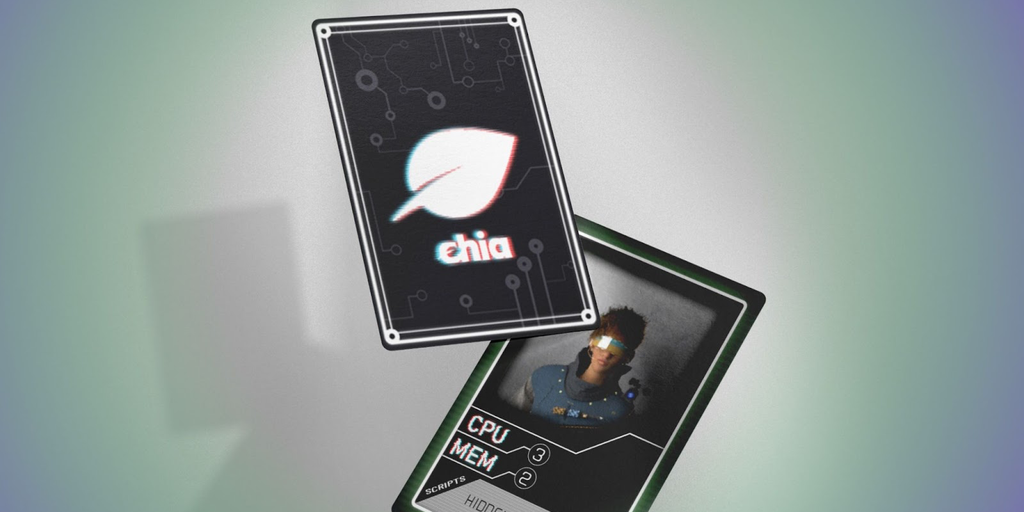Web3 Marketing Executive Benish Shah explores Crypto Gaming’s subculture

Web3 Marketing Executive Benish Shah
Benish Shah has had a very non-linear career path. After starting out as a lawyer, her journey took her from a product marketing role at Refinery 29 to working in the baby food industry, to advising nonprofits and startups like Do Something, State of Menopause, Motivote, and more.
Now, Shah serves as director of marketing for Stardust, a blockchain gaming technology company. She attributes the common thread that connects all of these experiences, including her recent pivot to Web3, to her deep curiosity about subcultures.
I spoke with Shah about how she has immersed herself in the very niche subculture that lies at the intersection of gaming, Web3 and blockchain.
Amy Shoenthal: How did you first become interested in Web3?
Benish Shah: I have been watching the crypto market since its inception, trying to understand what the true utility of blockchain would be. I think that there is a lot of fanfare around cryptocurrency, but it is separate from the underlying technology of blockchain. The technology itself holds a lot of promise, while cryptocurrencies have a more complicated process than anyone would like to admit.
There is a pre-existing subculture of blockchain-based gaming with a user behavior that already allows trading of digital assets. Players have been doing this for years. Adding blockchain technology can be a vehicle that allows both trading and tracking in one game, but it can also be used to switch between multiple games. The prospect of using this technology to make games more interesting caught my attention.
Shoenthal: What does Stardust do and what is your role? Have you always been interested in games?
Chess: Stardust enables developers to integrate NFTs into their games without having to understand blockchain themselves.
I’m not a gamer. I just have a very particular interest in subcultures. When you enter an industry with a very strong subculture, it’s important to understand it, work with the people who participate in it, and really try to figure out how you can make their lives easier.
Shoenthal: Do you feel welcomed into these subcultures as an outsider coming in?
Chess: I do, because I enter with curiosity and admit that I am no expert. When people are excited about something and you start asking them questions about what can make their experience better, showing them you’re here to learn, everyone is pretty happy to share.
Shoenthal: What has been your biggest obstacle so far?
Chess: The biggest obstacle in any Web3 or device based company is that there is significant negative media surrounding it. If you look at what happened during what we now call the summer of NFTs, there was a lot of hype and speculation, but people didn’t necessarily see the power of blockchain. It was mostly about how much money we can all make. These cultures never really last (as evidenced by recent events.)
However, the technology is here to stay. Blockchain is a technology that is going to make gaming more immersive. Stardust is one of the companies figuring out how to do it.
Shoenthal: When many people think of games, they think of Fortnite or Roblox. But the gaming industry goes far beyond that.
Shah: The gaming industry is big. It includes everything from Wordle and Candy Crush all the way to Fortnite. As with all subcultures, society likes to create stereotypes. There is the stereotype of a stressed mother, a single woman and a gamer. These tropes are made to make it easy for anyone to wrap their head around something they don’t want to take the time to understand. But games exist for everyone who wants to play. Blockchain is the underlying technology upon which a great game can be built.
Gaming is predicted to be a nearly $300 billion industry by 2026. So there is certainly not just one group of people participating in this industry. It is far beyond that.
Shoenthal: When people imagine the Metaverse, they think of games. You are an avatar in a space that is not real life, you plug in and are transported to another world. Is Metaverse just one big game?
Chess: This goes back to a certain company that decided to start using the word Metaverse and popularize it in both a positive and negative way. But when we think about what a Metaverse could be or what the future of games could be, a lot of people talk about interoperability between games. How do we go from game to game using Blockchain technology? It is the future.
I think we are at least a few years away from being able to do that because there has to be a mass adoption of blockchain first. Game publishers who have multiple games have already started building for this. But it’s going to be a step-by-step process. Are we going to live in a world where everyone is connected to a VR set and lives inside the Metaverse? Not in the next 18 months, but will that be an option available to some people in the future? May be. If there is something that interests you, it should be made available to you.
Shoenthal: Have you faced any challenges as a woman in gaming and crypto?
Chess: Actually no. I have worked in male-dominated industries for most of my career. No matter what industry I go into, as a woman of color, I very quickly have to deal with comments about being too independent or too general. Remember that Web3 is mostly just people from Web2 entering a new industry. Wealth still comes from one place. You have to navigate it. Some people in this room are amazing. And others can be uncomfortable, because we’re human, so we’re going to run into it. My suggestion is to always know what you are getting into.
I think a lot of toxicity in the workplace happens because of so many false narratives about companies proclaiming that they are this wonderful, great, happy place where everyone is going to be the same and bring themselves authentically to work. The reality is that very few people actually want you to bring yourself to work.
Shoenthal: Is there a way the work can evolve to become a little more inclusive?
Chess: Older people need to care about diversity. Change will come from people with influence, who can call out bad behavior, make an effort to hire more diverse candidates, and measure the impact. However, it is difficult. Creating such an environment can be tiring. Not everyone wants to do it because there is a lot of free labor. But that’s how we’re going to do it.
Shoenthal: What do you think the future of Web3 and gaming and blockchain looks like? What should we all look forward to in the next few years?
Chess: We’re going to start unlocking what blockchain technology can really do across industries. That includes understanding whether the space needs regulation and figuring out what it means to put someone’s identity on the line. We need to answer questions like “What level of transparency is the right level of transparency?” That is what I am very curious about.
Shoenthal: So what do you think the right level of transparency is? Because it is difficult.
Chess: It is a very difficult one. We’ll have a better idea of that when the technology itself feels more tangible. 20 years ago, nobody wanted to put their birth certificate on the cloud. It felt dangerous. All birth certificates are now digitized. There is a paper copy and a digital copy. I could easily put something like that on the blockchain, but right now that might not be the best idea. However, doing so with more mature technology can be incredible.























